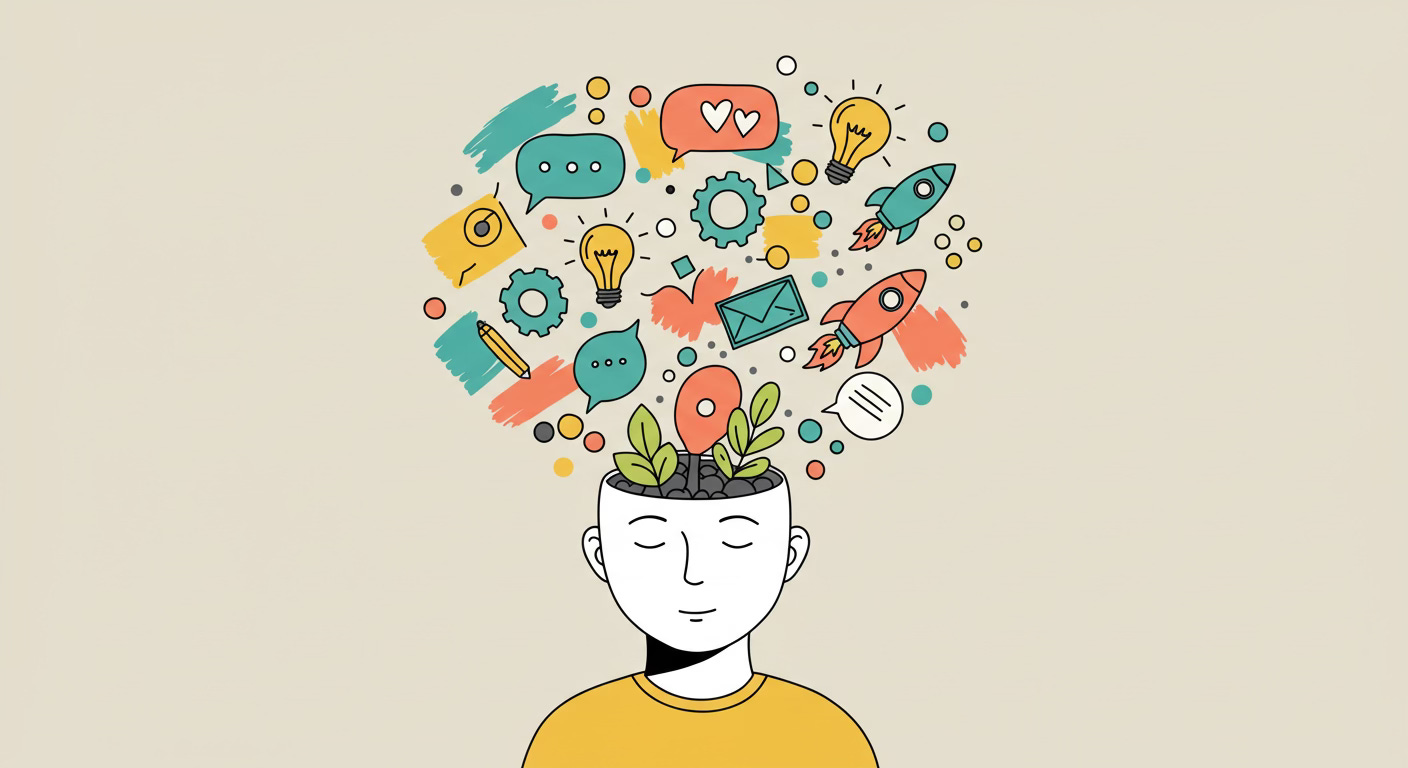For years, ADHD has been framed as a disorder: a problem to be fixed. Schools and workplaces are built for neat, structured thinking, rewarding people who can sit still, follow rules, and stick to routines. But for many entrepreneurs, ADHD isn’t a weakness, it’s their superpower.
Both William Stokes (co-founder of Co-Space) and Peter Watson (entrepreneur and investor with Featured Group) have spoken openly on Millennial Masters about how ADHD shaped their success.
While the corporate world struggled to accommodate their fast-moving, hyper-curious brains, entrepreneurship gave them the freedom to turn their unique traits into an advantage.
Millennial Masters is brought to you by Jolt ⚡️ The UK’s top web hosting service
Corporate structure vs. ADHD chaos
For William Stokes, a traditional corporate job was never going to work.
“I don’t do structures. My brain’s all over the place. One minute I’m talking about one thing, the next minute I’m onto something else,” he explained. “And when people are generally telling me what to do, I hate it.”
In corporate roles, people are expected to work within rigid structures, completing specific tasks at set times. That’s not how ADHD works. Instead of struggling to force himself into a system that wasn’t designed for him, William built an environment that let him thrive.
“90% of the time, I just do things that I want to do. I have meetings I want to be in, I work on projects I want to be involved in. 10% of the time, it’s stuff I don’t want to do, but I know I have to.”
That level of autonomy, working on things that genuinely interest him, is what keeps him productive. Instead of forcing himself to be a “normal” CEO, he’s built a business that works with his brain, not against it.
Why ADHD is a skill set, not a diagnosis
Peter Watson has an even stronger stance. He doesn’t see ADHD as something to manage, he sees it as a competitive edge.
“I actually hate the narrative behind ADHD right now. It’s become a card people wave: ‘Look at me, I have ADHD!’ I didn’t even realise I had it until I was about 24. I just thought it was my personality.”
Instead of seeing ADHD as a flaw that needs fixing, Peter believes it’s simply a different way of operating.
“Congratulations: you get excited over nothing. You can go to a nightclub and not drink because you have energy. You can never stop speaking. This is not a negative thing. This is your personality trait.”
He refuses to take medication for ADHD, arguing that suppressing natural traits for the sake of fitting in is missing the point.
“We’re drugging our personalities — why? Why are we trying to normalise it? Who’s to say I’m not the norm? Who’s to say the person without ADHD isn’t the weirdo?”
Instead of fighting against how his brain works, Peter leans into it. He believes that as more businesses recognise the strengths of neurodivergent people, they’ll actively seek out ADHD minds for roles that suit their natural talents.
“I think in the next 10, 20 years, people will build teams around neurodiversity. They’ll say, ‘I need a sales guy, let’s find someone with ADHD. I need a data guy, let’s find someone with whatever.’ These are genuine skill sets, and they’ll be seen as superpowers.”
The secret to making ADHD work for you
Both William and Peter agree on one thing: if your ADHD is a problem, you’re probably in the wrong environment.
“If your neurodiversity skill set isn’t working in the role you’re doing, you’re probably in the wrong role,” Peter says. “ADHD is a skill set. There’s a perfect role for every single person with these different traits.”
Instead of trying to fix yourself, fix your environment. That might mean working in a way that allows for flexibility, partnering with people who complement your weaknesses, or choosing a career that rewards rapid thinking, energy, and creative problem-solving, rather than punishing it.
ADHD isn’t a disorder. It’s not something to “overcome.” If you’re in the right role, with the right people, it’s your biggest competitive advantage.
Rethinking the workplace: Stop trying to ‘fix’ ADHD

The traditional model of work is still built around old-school structures that don’t accommodate neurodiversity.
A recent Economist piece highlighted how businesses and schools are starting to change: adapting environments to work with ADHD traits instead of against them.
Some of the most effective approaches include:
Flexible working hours to account for energy fluctuations and focus patterns
Mixing sitting, standing, and group work in classrooms and meetings
Bullet-point summaries for work memos and lesson plans
Noise-cancelling headphones and quiet spaces to manage sensory overload
This shifts the focus from treating ADHD as a disorder to optimising strengths.
It’s the same philosophy William Stokes and Peter Watson apply in their own businesses: give people room to operate in the way that suits them best, and their true potential emerges.





